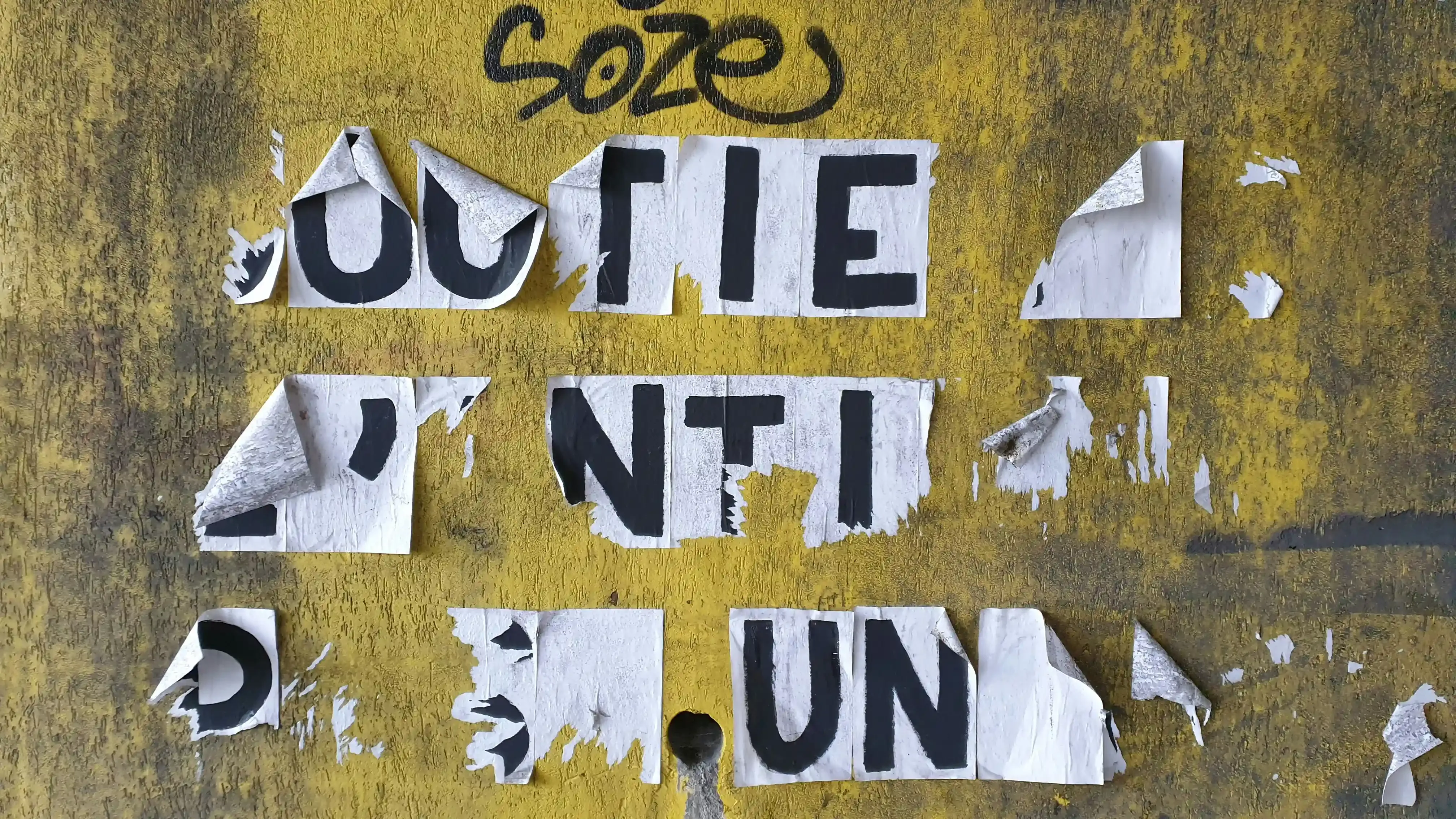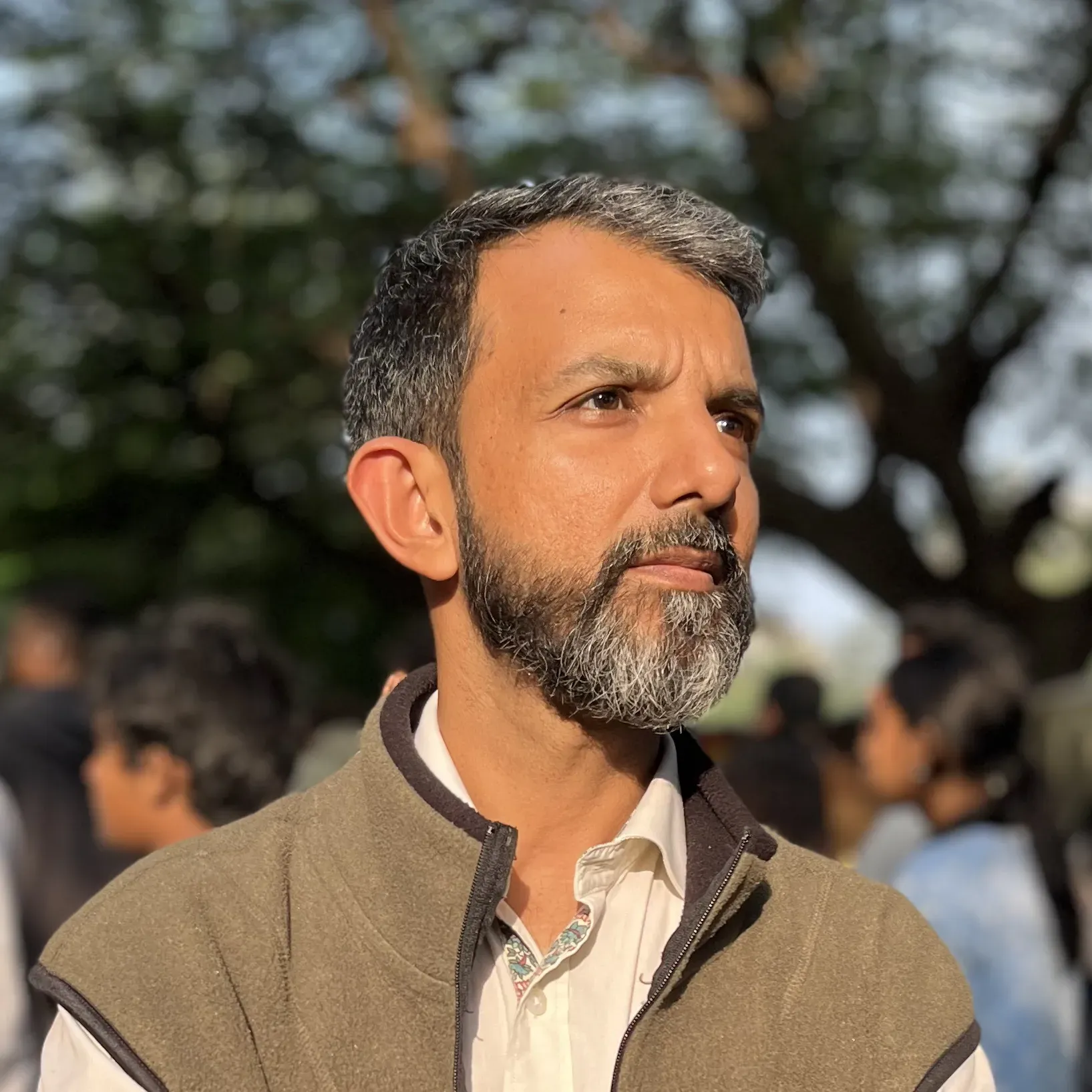Thread of love

In Hindu culture, Raksha Bandhan stands as a joyous celebration of the unbreakable bond shared between brothers and sisters. This timeless tradition serves as a poignant reminder of the unique and beautiful relationship that has been honored throughout the ages. The ritual involves sisters tying sacred threads on their brothers’ wrists, symbolizing their heartfelt wish for a long and healthy life. In return, brothers take a solemn vow to protect their sisters—Raksha—from life’s adversities.
Notably, the significance of Rakhi extends beyond biological siblings, as any male can be “adopted” as a brother, with cousins or friends being bestowed with the sacred thread.
From the corridors of power to the confines of Tihar Jail, from the city’s high-profile glitterati to the ordinary denizens, Rakhi is celebrated with unwavering faith and traditional fervor. This festival serves as a unifying force, binding Indian families, whether residing within the country or abroad, in a shared celebration of joy, unity, and familial bonds. In today’s fast-paced life, Raksha Bandhan becomes an occasion for joyous reunions and rare family gatherings, rekindling the timeless essence of brotherhood and sisterhood.
The Rakhi thread, a symbol of love and faith, has undergone a remarkable transformation in both appearance and significance in contemporary times. Beyond its traditional role as an expression of love, Rakhi has evolved into a work of art and a style statement for the fashion-conscious generation. In the bustling city of Mumbai, Raksha Bandhan is celebrated with flair, blending style and festive grace. It’s a celebration that transcends generations, seamlessly weaving together the threads of love, tradition, and modernity.
About the Author

Santanu
A nature lover, runner, travel enthusiast, and occasional baker. He dives into web development and cloud technologies, always exploring and building with curiosity.
View all posts →

